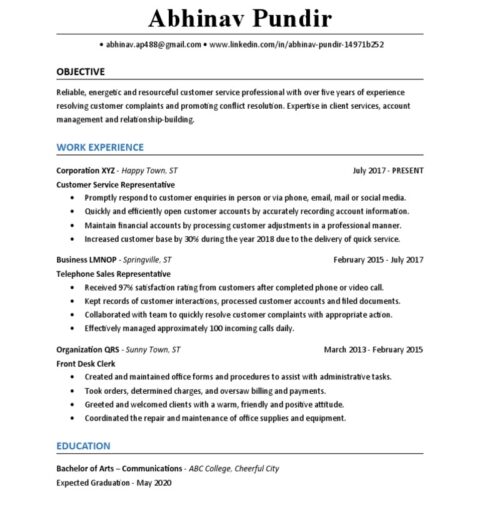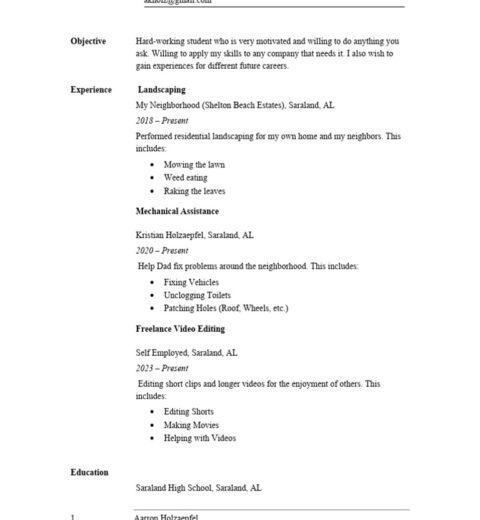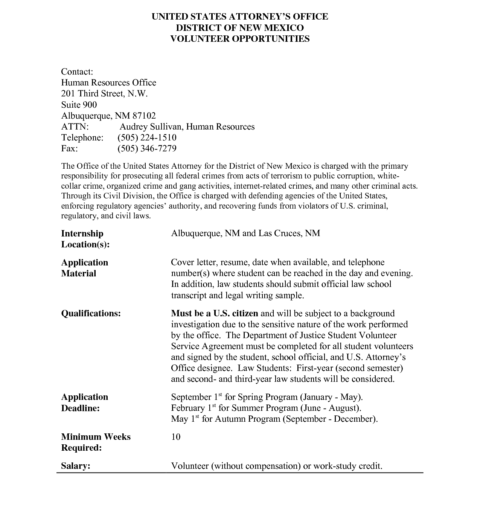Crafting a resume is akin to assembling a fine tapestry; each thread bears significance in conveying a narrative that showcases skills, experiences, and achievements. The timeline of your professional journey, much like the colors of the threads, requires careful consideration of how far back to go. Understanding the best practices regarding this aspect is crucial for creating a compelling resume that captures the attention of potential employers.
When it comes to the duration of work history to include on a resume, there are several factors to ponder. The conventional wisdom suggests limiting your experience to the last 10 to 15 years. This guideline serves a dual purpose: it ensures that your most relevant skills are prominently displayed while also preventing your resume from becoming cumbersome with outdated experiences. However, the amount of history to include can vary significantly across industries and individual circumstances.
Industry Standards
Diverse sectors possess unique expectations regarding resume content. For instance, in rapidly evolving fields such as technology and digital marketing, recent experience holds unparalleled significance. Employers in these domains often seek candidates who are adept at leveraging the latest tools and methodologies. Here, a shorter timeframe—perhaps a solid five to seven years—is usually sufficient to provide an accurate representation of one’s capabilities.
Conversely, industries like academia or specialized engineering may value an extensive work history. In these fields, a longer timeline may help highlight a breadth of knowledge and deeper expertise. Therefore, it is not uncommon for professionals in these areas to extend their resumes to include relevant positions held across a span of 20 years or more, particularly if the earlier roles align closely with the desired position.
Relevance Over Recency
While recency is important, relevance reigns supreme. It is paramount to showcase experiences that directly correlate with the role you are pursuing. If your most recent position, while current, fails to resonate with the targeted industry or role, consider venturing back in time to feature relevant positions, even if they are older. This principle of relevance assists in tailoring your resume, ensuring alignment with the company’s values and objectives.
Noteworthy Achievements vs. Routine Responsibilities
When selecting positions to include, distinguish between noteworthy achievements and routine responsibilities. Highlighting accomplishments—such as exceeding sales targets, successfully launching products, or receiving accolades—can vastly outshine the mundane day-to-day tasks that are often better left unsaid. This strategic selection allows you to build a narrative that highlights your capabilities and positions you as a formidable candidate.
Choose to weave in a mix of roles that reflect significant achievements, regardless of their respective timelines. With a judicious curation of your past, you can construct a compelling story that transcends mere chronology, showcasing your evolution as a professional.
Transitory Periods and Career Changes
Transitions, such as career changes or gaps, often elicit apprehension when crafting a resume. However, these periods can serve as narrative-rich segments that elucidate growth and adaptability. If you pivoted from one industry to another, documenting skills acquired during the transition—like transferable skills or relevant certifications—can illustrate your resilience and resourcefulness. Engaging in volunteer work or professional development during these interim periods also showcases initiative and a commitment to continual learning.
Formatting Considerations
Structurally, most resumes adhere to either a chronological or functional format. A chronological format emphasizes work history in reverse order, allowing employers to easily track the trajectory of your career. This format is particularly suitable for candidates with consistent work experience and clear career advancement.
On the other hand, a functional format allows for a more skill-based presentation, often favored by those with diverse experiences or gaps in employment. By focusing on relevant skills over specific job titles and durations, you can effectively mitigate a sporadic work history while still relaying your qualifications. This format offers a more fluid approach to integrating various roles, including those from an extended timeline.
Final Thoughts
In the grand mosaic that is one’s professional life, the past can often illuminate the path ahead. Selecting the optimal duration for your resume necessitates a careful analysis of various factors—industry standards, relevance, noteworthy achievements, and prior transitions. Ultimately, it is about curating a narrative that not only showcases your skills and experiences but also aligns with the prospective employer’s vision.
Bear in mind that your narrative continues to evolve. As industries progress and job markets shift, so too should your resume, adapting to ever-changing norms and expectations. Embrace this dynamic nature, and allow your resume to serve as a true reflection of your professional identity—a well-crafted testament to your journey spanning both recent feats and the foundational experiences that have propelled you thus far.




